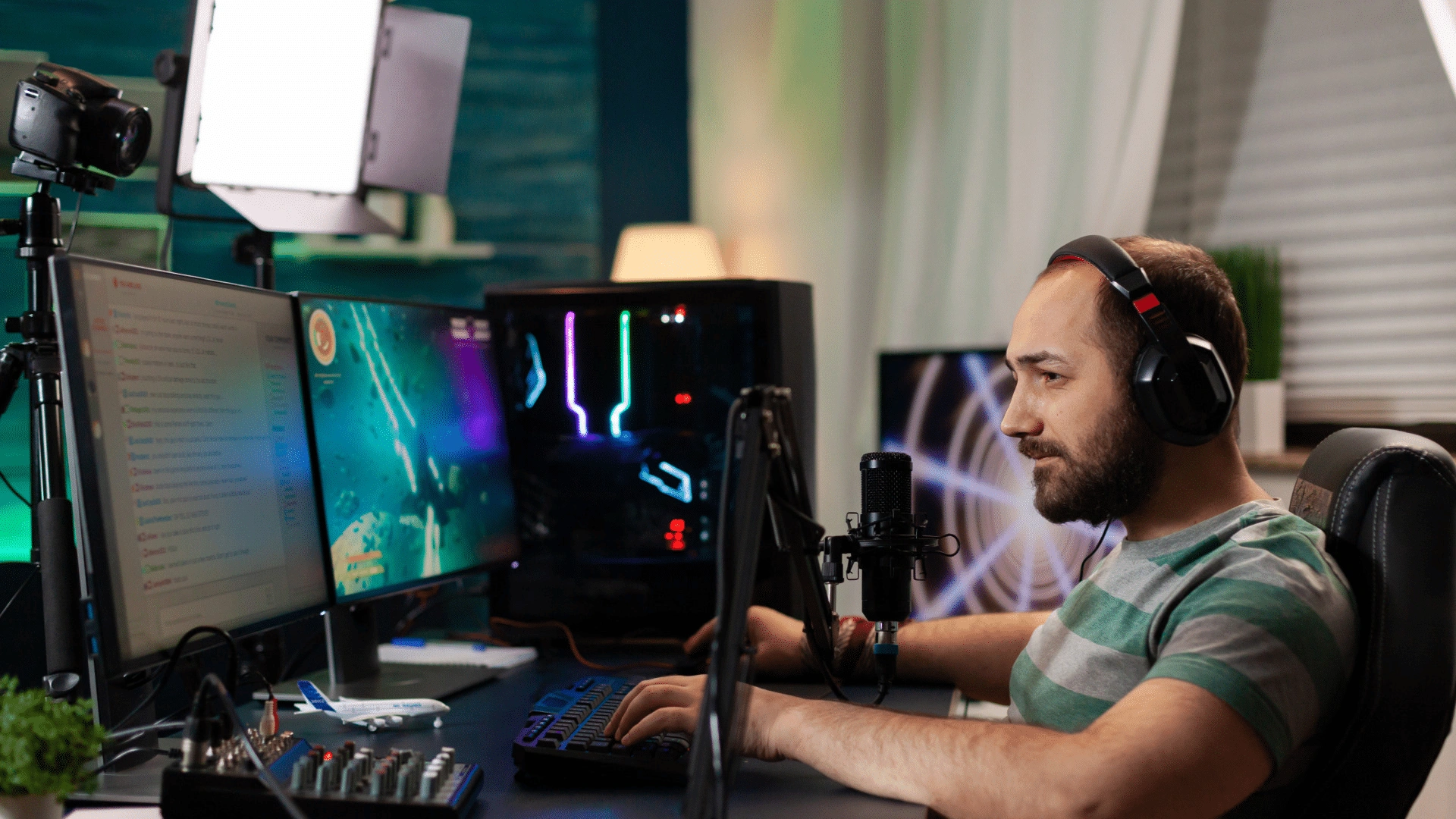Unity Game Devs: How to Build a Social Media Presence Around Your Game
A step-by-step guide for Unity game developers on establishing a strong social media presence for their game, and turning followers into loyal players, starting even before the game is launched.
By Tim Uhlott|Last updated: August 3, 2025|5 minutes read
game development

You’ve poured hours into designing mechanics, refining levels, and debugging scripts, but even the most polished Unity game can go unnoticed without a strong online presence. In today’s crowded indie market, building a loyal community around your game is just as important as the game itself.
Social media provides a powerful and cost-effective way to showcase your work, connect with fans, and generate buzz both before and after launch. Whether you're a solo dev or part of a small team, this guide will walk you through practical strategies to grow your game’s visibility, build anticipation, and turn curious scrollers into invested players.
Let’s explore how to do it step-by-step.
Your audience will grow with your game.
1. Define Your Game’s Identity
Before you start posting online, get clear on your game's:- Genre & Theme (e.g., horror puzzle, cozy farming sim)
- Tone (funny, dark, mysterious, wholesome)
- Target audience (teen gamers, retro game fans, streamers, mobile gamers, etc.)
2. Pick the Right Platforms
Not all social media platforms are equal for game promotion. Focus your energy where your ideal players hang out.- Twitter/X – Great for devlogs, GIFs, indie game communities (#indiedev, #screenshotsaturday)
- Instagram – Excellent for polished visuals, Reels, and behind-the-scenes art
- TikTok – Rapid growth potential; ideal for short gameplay videos, funny moments, or development memes
- YouTube – Devlogs, trailers, or long-form tutorials
- Discord – For nurturing a loyal player community
3. Create Eye-Catching Visual Content
Use Unity’s capabilities to capture your game’s most appealing elements.- Export short gameplay clips or GIFs
- Share before-and-after shots of environments or character design
- Show developer tools in action (e.g., lighting changes, shader effects)
- Post concept art and UI mockups
4. Tell Your Story
People love to follow a journey, especially when it feels personal and authentic.- Post devlogs about challenges and wins
- Share your motivations, inspirations, or the story behind the game
- Celebrate milestones: “Day 100 of development!”
5. Be Consistent, But Not Overwhelming
It’s better to post 2–3 times per week consistently than to post 10 times and disappear for a month. Create a simple content schedule:- Monday – Sneak peek or art preview
- Wednesday – Devlog snippet or game mechanic explained
- Saturday – Participate in #ScreenshotSaturday
6. Engage with the Community
Social media is not just a megaphone; it’s a conversation.- Comment on other devs’ posts
- Retweet or share fan art and community content
- Ask questions and run polls (e.g., “Which UI style do you prefer?”)
#IndieDev#GameDev#MadeWithUnity#DevLog#ScreenshotSaturday
7. Build Hype Before You Launch
Don’t wait until your game is finished to start posting. The earlier you build buzz, the better. Try:- A countdown series (e.g., “10 days to launch”)
- A behind-the-scenes look at launch preparation
- A demo release or beta sign-up to get early feedback
8. Collaborate With Creators and Streamers
Content creators are powerful allies.- Offer early access keys to micro-streamers or YouTubers
- Invite creators to playtest or preview the game
- Share reaction clips
Conclusion
Your game deserves to be seen, and social media is one of the best ways to make that happen. Don’t overthink it. You’re not just marketing a product — you’re inviting players into your creative world. Start small. Stay consistent. Be yourself.Your audience will grow with your game.
If you are a Unity developer, protect your games with assets from GuardingPearSoftware, which are trusted by developers worldwide. Our assets seamlessly integrate into your Unity build process, supporting all platforms with zero hassle.